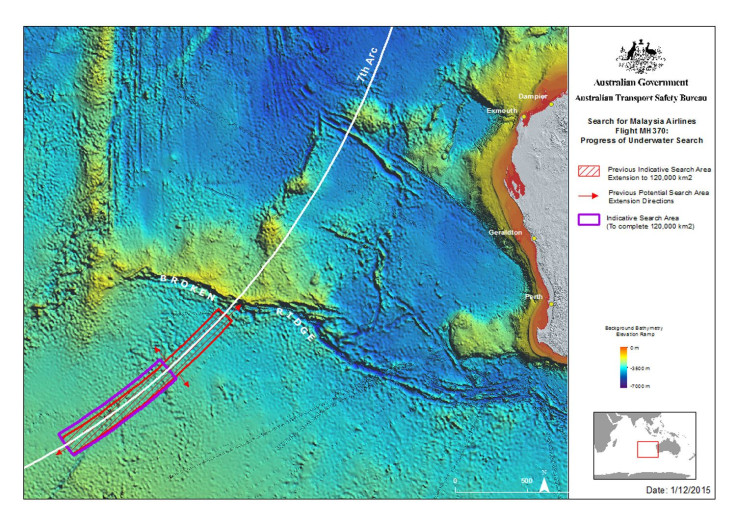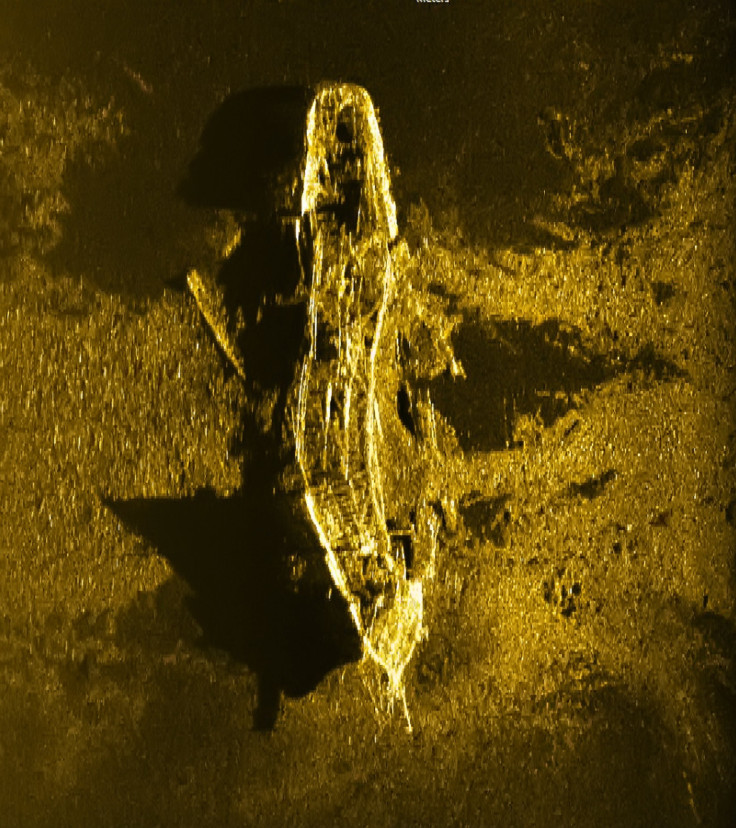Flight MH370 Update: 19th Century Shipwreck Found During Sonar Search In Southern Indian Ocean

The search for the missing Malaysia Airlines flight MH370 led to the discovery of the body of an old ship resting almost intact at the bottom of the southern Indian Ocean, the Joint Agency Coordination Centre (JACC) said Wednesday in its first update of 2016. The reason behind the disappearance of flight MH370 still remains a mystery, despite a multimillion-dollar search for the plane which has been ongoing for nearly two years.
Sonar contact was made with the object during the underwater search on Dec. 19, 2015, Australia’s JACC, which is overseeing the search for the aircraft, said in its update. Search vessel Havila Harmony made a more detailed analysis of the object, revealing it “was likely to be man-made, probably a shipwreck.”
“The Havila Harmony was tasked with further examination of the contact using the AUV [autonomous underwater vessel]. On Jan. 2, 2016, the AUV captured high-resolution sonar imagery of the contact, confirming that it was indeed the wreck of a ship,” JACC said in the update.

The JACC sent the images to Shipwreck Galleries of the Western Australian Museum, which conducted a preliminary review, stating that “the vessel is likely to be a steel/iron vessel dating from the turn of the 19th Century.”
Meanwhile, JACC said in its update that over 30,000 square-mile area of the search area has so far been scoured for the missing plane which disappeared on March 8, 2014, with 239 people on board while on its way from Kuala Lumpur to Beijing.
“In the event the aircraft is found and accessible, Australia, Malaysia and the People's Republic of China have agreed to plans for recovery activities, including securing all the evidence necessary for the accident investigation,” JACC said, in the statement, adding that favorable weather for the search is predicted for the rest of the week.
Authorities reportedly said that the search for the plane is expected to conclude in June. So far, the first and only piece of physical evidence to be recovered from the plane was a flaperon that washed ashore on France's Reunion Island in the Indian Ocean in July 2015.
Families of the Chinese passengers on the flight expressed their hope to find their loved ones, urging authorities to broaden the search area. The search has been focused on a 46,332 sq. mile area in the southern Indian Ocean off Western Australia.
“In the absence of proof to the contrary, we believe it is possible the missing may still be alive,” the passengers’ next-of-kin said in a statement released last week. “If this is so, we would willingly grant to the perpetrators amnesty in return for the release of the missing.”
© Copyright IBTimes 2024. All rights reserved.





















